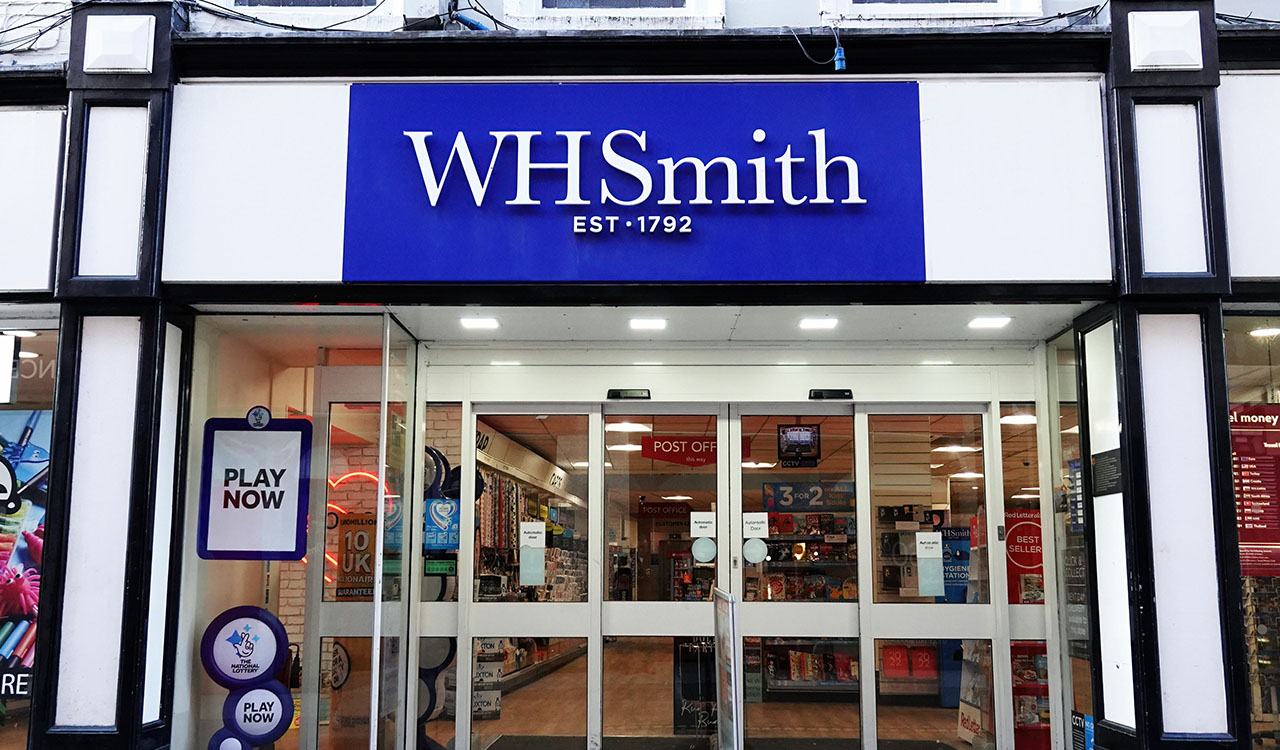Variety may be the spice of life, but is it the future of online shopping? Signs point to yes: Online retail marketplace sales in the U.S. will grow by 10.2 percent this year to comprise more than a third of total retail e-commerce sales. It makes sense that Gen Z consumers, who prioritize finding the lowest price above all else, are part of the impetus for this shift. Online marketplaces let shoppers compare prices and product components right on the platform, which isn’t something that frugal young consumers can afford to ignore.
Gen Z consumers have Amazon under a microscope, and it won’t be long before overseas megaliths like Alibaba and burgeoning secondhand online marketplaces like Tradesy give Amazon a run for its money.
Consider that 47 percent of Zoomers in the U.S. would do most of their shopping online if they could choose their channels. But online shopping is anything but the generic “one size fits all” equation that it was in the early aughts.
Gen Z wants the variety, accessibility, and low prices of online marketplaces; with the personal connections, quality, and eco-consciousness of the brands they discover on social media. Here’s how retailers can cater to this.
It’s Not All About Amazon Anymore
Amazon will not be the sole beneficiary of Gen Z’s propensity for online shopping. Quite the contrary, in fact. While it’s true that Amazon is presently Gen Z’s preferred online marketplace, this doesn’t mean that the demographic that’s known for stickin’ it to the man is going to spend most of their wallet share at Amazon forever.
Amazon has been around so long and is painted as such a villain that the reigning e-commerce king should be quite worried about burgeoning platforms and the existing brand perception.
Consumers have Amazon under a microscope, and it won’t be long before overseas megaliths like Alibaba and burgeoning secondhand online marketplaces like Tradesy give Amazon a run for its money.
Leaders at Amazon are doing everything in their power to prevent the changing of the guards. Their most recent strategy? Tacking on an additional Amazon Prime Day in the month of October, then stretching it into a two-day event called “Prime Deal Days” with plenty of early deals to generate traffic throughout the month of October.
Individual Brands Still Have Legs
If this article were reduced to one singular key takeaway, it would be this: Gen Z builds relationships with brands, not retailers. We can take this a step further to say that Gen Z shops with retailers for their value, and shops with brands for their values. Since 83 percent of Gen Z says that “some or all” of their shopping starts on social media, it’s essential for brands to showcase their value proposition on their target consumers’ platforms of choice.
It’s this affinity for individual brands that gives online marketplaces such clout. Young consumers can connect with brands and build excitement about products on social media. Then, they can use online marketplaces to securely and conveniently purchase products from their favorite brands.
Brands that reduce friction points between their presence on social media and their consumers’ end purchase channel will be best positioned to reap consumer market share for years to come. That’s why it’s so important for brands to have unified creative direction––brand voice, color scheme, mission statement, etc.––across digital channels. The message will vary slightly based on the target customer and outreach channel, but all communications should feel like they’re coming from the same brand.
Local Partnerships Help Brands Make Personal Connections
The online marketplace boom can put a lot of pricing pressure on retailers. When everyone is hawking the same wares, the race to the bottom can feel unavoidable. But there is a path forward for retailers that want to differentiate their offerings in a world of sameness, and it is not to discreetly charge more through hidden markups and smokescreen promotions.
Partnering with local brands, as well as the old default stalwarts, can help retailers and brands in a few ways:
- It gives their offerings the human touch
- Boosts the value perception of products
- Creates opportunities for user-generated content
- Expands their visibility in target regions
- Drives foot traffic to physical stores
How can a large brand put local collaborations to work in service of its bottom line? Aerie’s August Hidden Gem Marketplace in NYC is a great example. The Aerie event highlighted local SMBs and hot ticket brands to promote the brand’s Fall 2023 line. The intelligent, immersive experience was just the ticket to get consumers excited about Aerie’s subversive new mission statement of “Make boobs happy.”
Strange Bedfellows Drive Sales, But Require Caution
We’ve entered the age of perplexing brand collaborations. The Barbie Burger King Meals sold in Brazil are perfect evidence of that fact. (While Burger King realized that smoky-flavored hot pink burger sauce wouldn’t fly with an American audience, its sheer existence is affront enough.) The intent of the Barbie and BK deal may have been to snag headlines, but online marketplaces have to be a bit more strategic about choosing partnerships.
An exponential rise in counterfeits and consumer data protection regulations, such as GDPR, greatly complicate online selling in certain areas. But this doesn’t mean that Gen Z is going to do their online shopping at Amazon and Walmart and call it a day… particularly not now that Amazon rescinded its AmazonSmile option, which let consumers donate a small percentage of their purchases to their charity of choice. Shopping with Amazon has never felt less altruistic.
But Gen Z is not comprised of passive consumers. Rather than lament the lack of values in existing marketplaces, they founded the next generation of online marketplaces. Consumerhaus brings brand stories center stage. The health and wellness marketplace features digitally-native brands. Customers can shop Consumerhaus by value, such as female-founded, sustainable practices, clean ingredients, black-founded, giving back, and more.
Closing Thoughts
Perhaps Consumerhaus is an indicator of what’s next for online marketplaces. It’s rooted in brand stories and consumer values, with enough information in each product description to satiate even the most discerning Gen Z consumer. As the behemoths continue to scale back on the factors that are most critical to Gen Z consumers–– sustainability, CSR, and product quality–– it’s the perfect environment for new online marketplaces to take hold.





